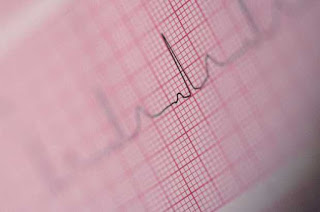We know that reducing the risk of heart attacks and strokes in people with diabetes includes much more than just having good blood sugar control.
So what’s new in the Cardiovascular Protection chapter of the Diabetes Canada Guidelines since the last Guidelines in 2013? Well, as for every chapter, there are now…
KEY MESSAGES FOR PEOPLE WITH DIABETES:
Ask your doctor about the ABCDEs to reduce your risk of heart attack and stroke:
A = A1C – blood sugar control (the target is usually 7% or less)
B = BP – blood pressure control (less than 130/80)
C = Cholesterol – LDL cholesterol less than 2.0 mmol/L. Your health care profider may advise you to start cholesterol lowering medication.
D – Drugs to protect your heart – these include blood pressure pills (ACE inhibitors or ARBs), cholesterol lowering medication (‘statins’), and in people with existing cardiovascular disease, certain blood glucose lowering medications, which can protect your heart even if your BP and/or LDL cholesterol are already at target
E = Exercise/Eating – Regular physical activity, healthy eating, and achievement and maintenance of a healthy body weight.
S = Stop smoking and manage stress.
The recommendations for ACE/ARB have loosened a little bit. While it was recommended in 2013 that anyone over the age of 55 with diabetes should be on an ACE or ARB provided no contraindications, this recommendation has now been modified, as no studies have clearly demonstrated CV benefit for people with diabetes over 55 without any additional cardiovascular risk factors. However, ACE/ARB is still recommended for:
- anyone with clinical cardiovascular disease
- anyone with microvascular complications
- age 55 or older with an additional cardiovascular risk factor or organ damage (protein in the urine, retinopathy, left ventricular hypertrophy)












